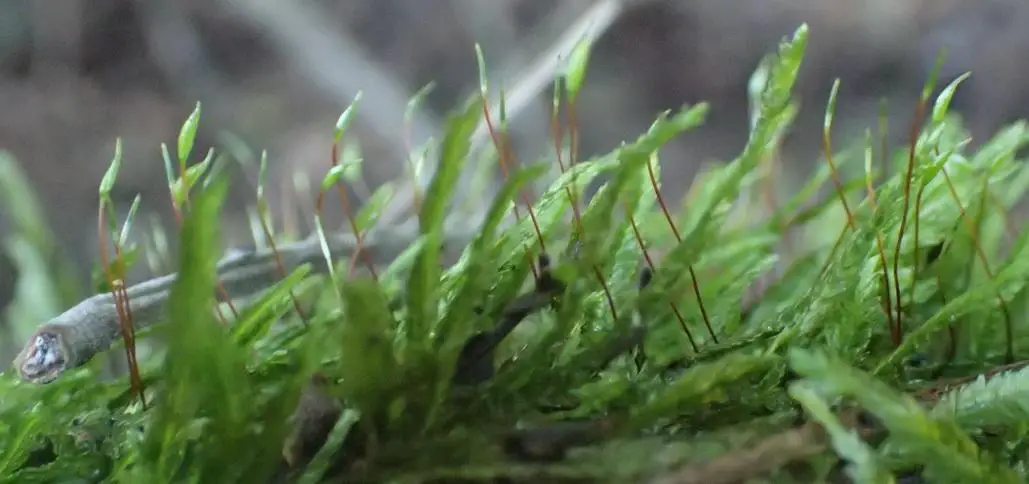
original.jpg from: https://www.gbif.org/es/species/2673552
Exploring the Fascinating World of Papillaria viridata Moss
Introduction
Mosses are some of the most ancient and resilient plants on Earth. One particularly interesting species is Papillaria viridata Müll.Hal. ex Broth., also known simply as Papillaria. This unique moss belongs to the Meteoriaceae family and has some remarkable characteristics. In this blog post, we’ll take a closer look at Papillaria viridata and discover what makes it so special.
Background
Papillaria viridata is a species of moss in the Bryophyta division and Bryopsida class. It was first described scientifically in 1890 by German botanist Carl Müller and later validated by Viktor Ferdinand Brotherus. The species epithet “viridata” means greenish, referring to the color of the moss.
Morphology and Identification
Papillaria viridata forms pendant tufts or festoons that can reach 30-50 cm long. The main stems are wiry with irregular branching. Leaves are ovate-lanceolate, 1-2 mm long, and have a short, double costa. A key identification feature is the dense covering of pluripapillose cells on the leaf surface which give it a rough texture. Sporophytes are rare but have short setae and ovoid capsules when present.
Global Distribution and Habitat
This moss has a pantropical distribution, found in tropical regions around the world including Central and South America, Africa, Asia, and Oceania. It grows as an epiphyte on tree trunks and branches in moist forests from lowlands to 2000 m elevation. Papillaria seems to prefer semi-open habitats with moderate light and humidity.
Ecological Roles and Adaptations
Like other pendent mosses, Papillaria plays important roles in intercepting moisture and nutrients in forest canopies. The rough, papillose leaf surfaces help trap and absorb water and minerals. Festoons of this moss also provide shelter and foraging space for various invertebrates. An interesting adaptation is the ability to survive desiccation by curling up its leaves and quickly rehydrating when moisture becomes available again.
Conclusion
Papillaria viridata is a marvelous example of how mosses have evolved to thrive in specific niches. From its eye-catching growth form to its unique morphological features and ecological roles, this species reminds us of the incredible diversity within the world of bryophytes. Next time you’re in a tropical forest, take a moment to appreciate the curtains of Papillaria adorning the trees. What other secrets might these ancient plants hold?